
Our Second Night Stargazing in the Atacama
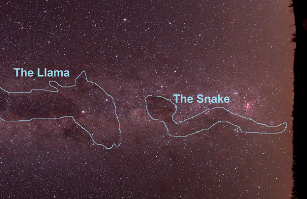
Despite our problems on our first night of imaging in the Atacama Desert and the grim weather forecast for the next several days, we decided to stay positive. That morning, before our group left for its all-day trip to the ALMA array where cell phone coverage would be nonexistent, I placed calls to several local astronomy tour operators trying to line up someone who could take us to another dark sky site that evening, if the weather cleared. Alain’s company was already fully booked for that evening, so I scrambled to find another vendor. My hurried Google searches turned up a promising possibility: Jorge Corante of Atacama Desert Stargazing. Just before we pulled out of cell phone range, I was able to speak with Jorge and schedule a stargazing tour with him for that evening. Unfortunately, the weather that night did not cooperate. We were clouded out, so we made an appointment with Jorge for one last try the following night, which would be our last night in San Pedro. The weather forecast called for more clouds, but as the day wore on, the skies began to clear. By 10 p.m., it was a beautiful, clear night, and the crescent moon was setting.
Jorge picked us up from our hotel and drove us to his property in a blue zone outside San Pedro. It was another cold night, but we barely noticed, because Jorge’s presentation on the wonders of the southern sky was excellent. While we waited for the Moon to set, Jorge gave us a laser-guided tour of the highlights of the wintertime southern skies, including the Centaurus, Crux, and Carina regions. He also spoke at length about the traditional constellations of the native Andean people, which center around the dark dust lanes of the Milky Way rather than patterns of stars. He showed us the Llama, whose eyes are the bright stars Alpha and Beta Centauri, as well as the Snake, and the Baby Llama.
Jorge spoke with great passion about his love of astronomy and his research into Andean celestial lore. He also showed us methods for locating the south celestial pole, which we soon put to use when we set up our camera gear. After the Moon set, over the next several hours, we captured several fantastic shots of the southern Milky Way with our Canon 6D and 15mm fisheye lens. Here are a few of them:
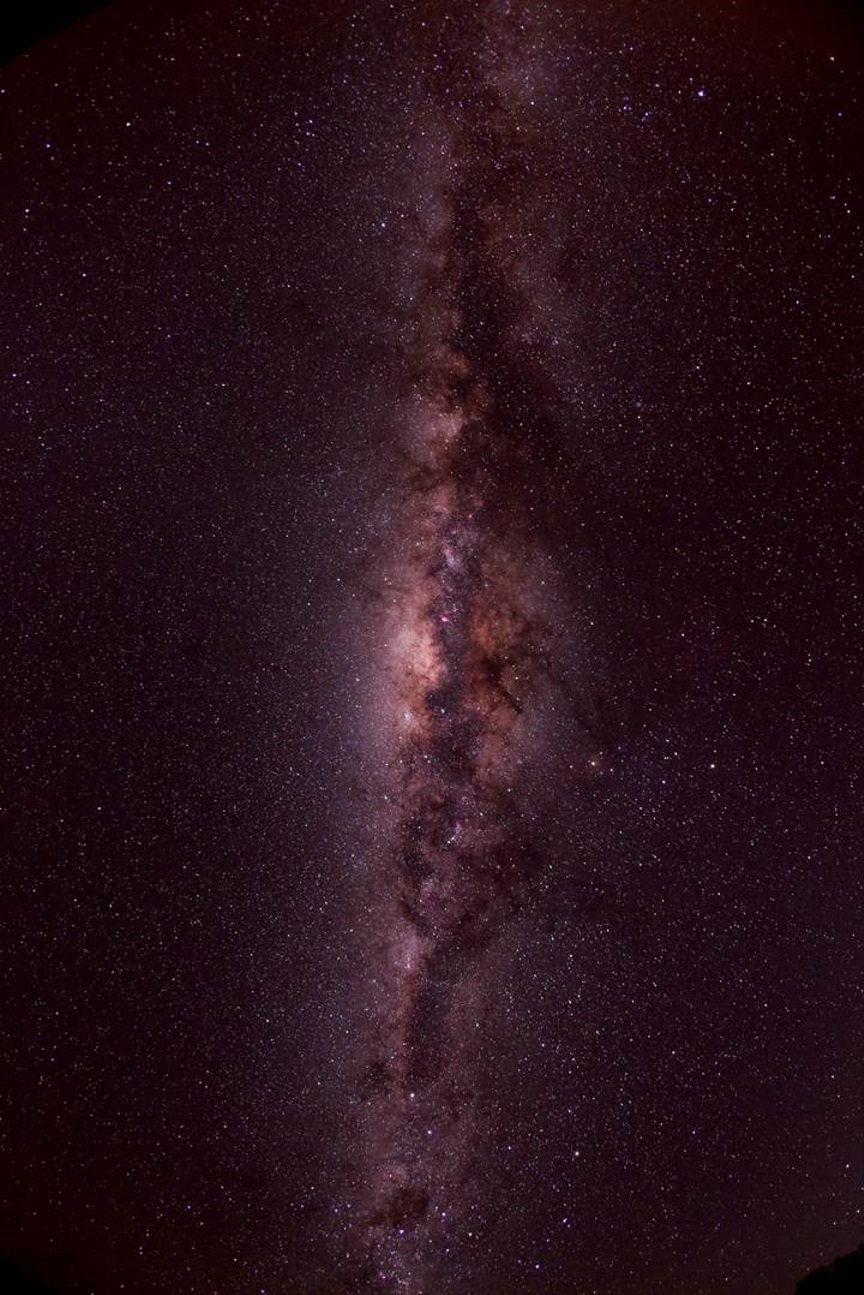
A spectacular shot of the southern Milky Way with the core of the galaxy at zenith. If you look carefully, you’ll see that this shot stretches all the way across the sky from the southern horizon to the northern horizon. [Link to high resolution copy of this photo]
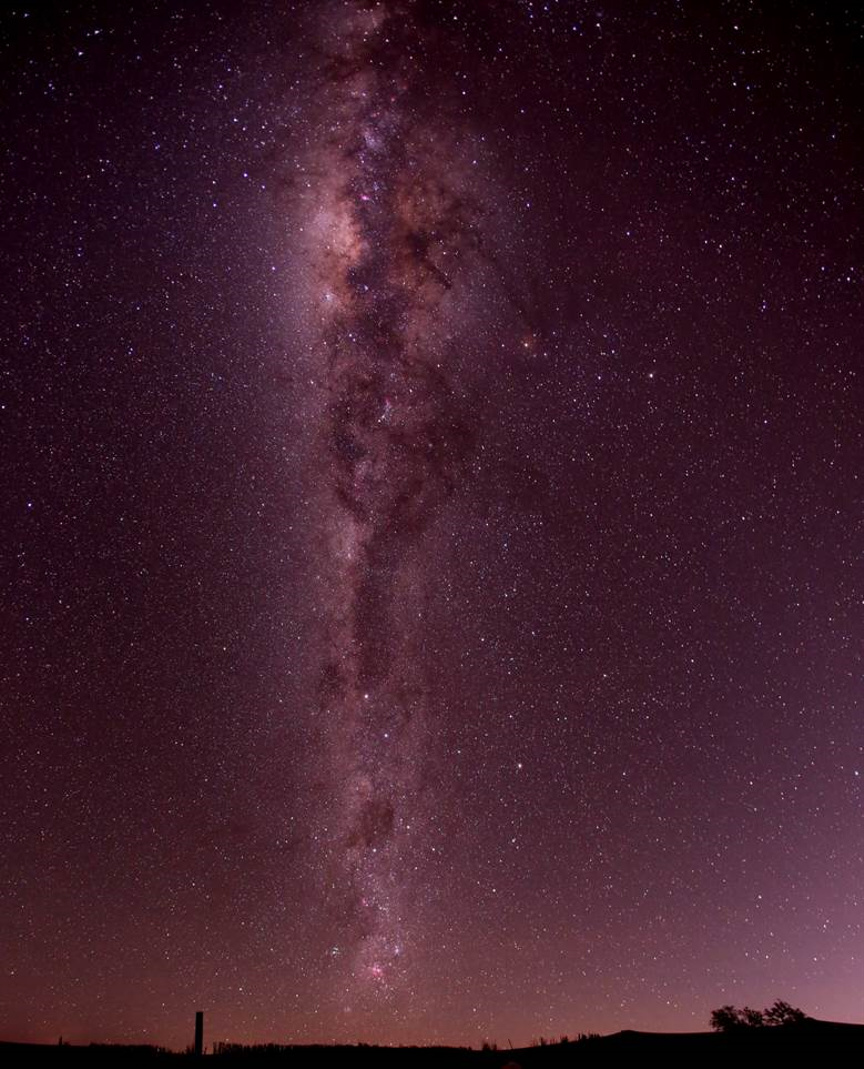
Southern Milky Way looking south. Equipment: modded Canon 6D, Canon EF 15mm f/2.8L fisheye lens at f/3.5 and 6400 ISO; iOptron SkyTracker. [Link to high resolution copy of this photo]
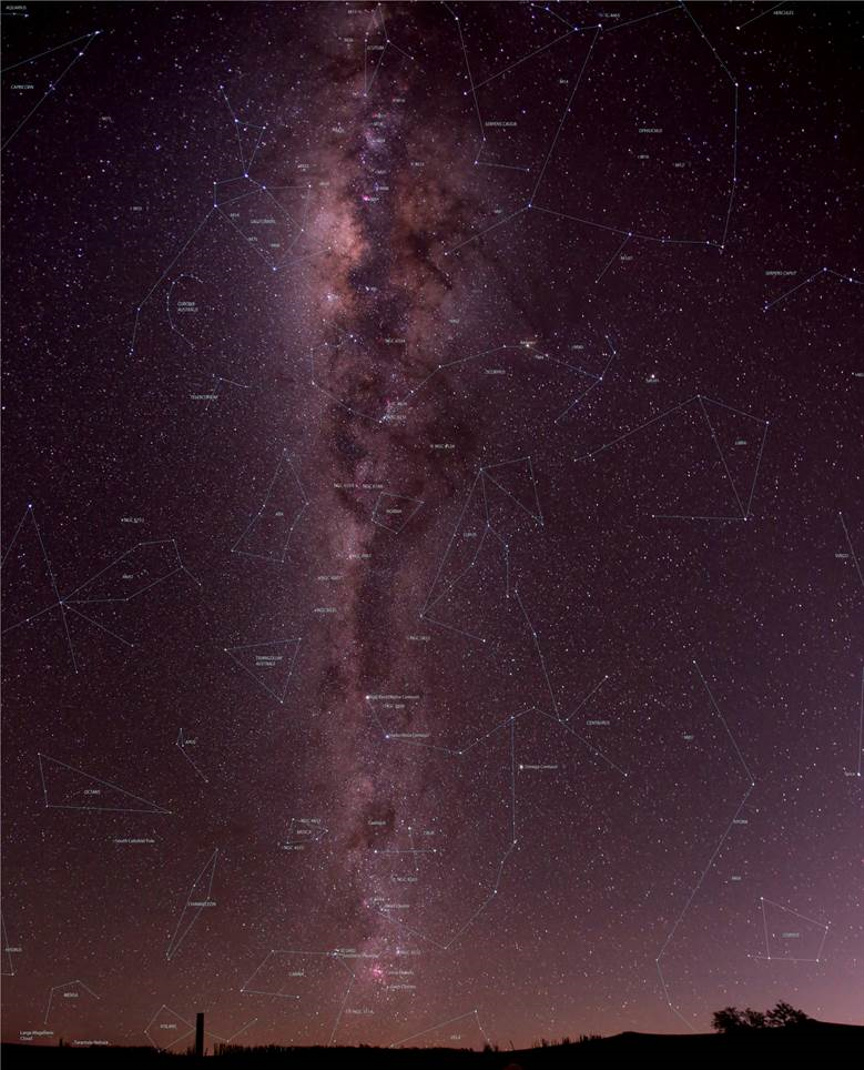
Same photo as above, with constellation lines and label drawn in with Adobe Photoshop. [Link to high resolution copy of this photo]

Southern Milky Way with a bright meteor and the Small Megallanic Cloud. [Link to high resolution copy of this photo]
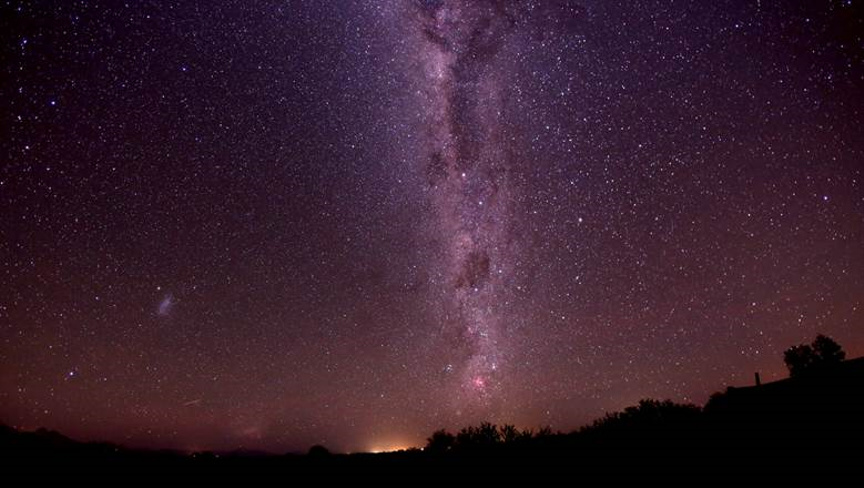
Final shot of the night with the Small Magellanic Clouds visible at middle left, and the Large Magellanic Cloud and Tarantula Nebula barely visible over the horizon. The track of a manmade satellite is visible between the two Magellanic Clouds. [Link to high resolution copy of this photo]
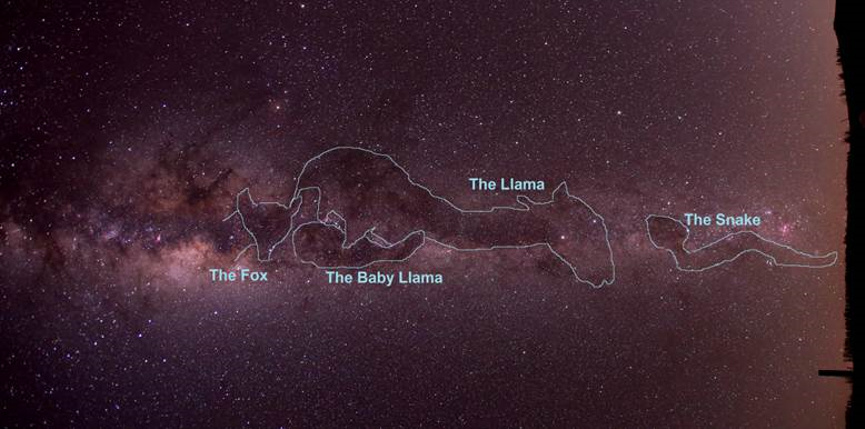
Photo of southern Milky Way with outlines of the traditional constellations of the Andean people.
Our visit with Jorge was the highlight of our Chile trip, and it yielded the astrophotos of the southern Milky Way we came to Chile for. Our South American astronomy expedition was officially a success!
Next: Continue to ALMA Observatory Visit
Copyright 2025 StarlingSkyBlog